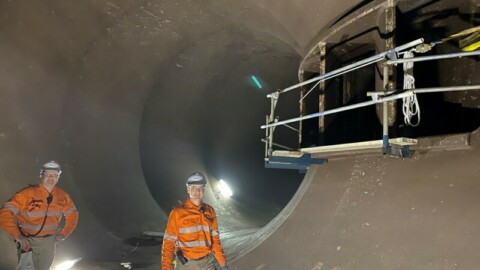Many forms of energy generation equipment are used in the modern world, from wind, water, solar, hydro power, and fossil fuel systems. No matter which is being used, every system is only as good as the sum of its parts. These tiny elements will make or break the system as a whole and will determine output and profitability. This article will highlight several ways these small elements can make a difference in the energy generation sector.
Every Element Matters
Every element in a mechanical change is indispensable from the smallest seal to the largest valve. Each small part ensures the entire system functions correctly and efficiently while reducing energy consumption. These include packing and the various seals used in a range of equipment and applications throughout the energy sector. They come in a variety of forms that are constantly being improved upon and elevated from older versions. Each new evolution is designed to elevate its effectiveness, which is determined by the method of manufacture, materials, and the quality of the installation.
Mechanically Packed or Gland Packed Equipment
Historically, swapping the packing for a mechanical seal has been the answer to reducing energy consumption in gland or mechanically packed equipment. But does this still hold true today?
Traditional packing was manufactured using raw fibres that were beneficial for temperature absorption, pressure stability and the ability to withstand chemical attack. These were “stitched” together, forming tight bundles that create a tortuous path for pressurised liquids to pass through – making it a good sealant. The bundles of fibres are often dipped into agents that block the path of pressurised liquids and reduce the friction caused by compression along the moving shaft.
Today’s advanced material technology and improved installation techniques have overcome many past issues. That means selecting the latest technology and installation methods equals immediate power consumption savings.
Bearing Isolation – Lip Seals

Moving to a labyrinth seal removes shaft friction entirely. Labyrinths create a convoluted surface, making it difficult for lubricating oils and greases to escape. It’s also hugely effective against the ingress of water and dirt into the bearing housing. The removal of all friction and drag dramatically reduces energy needs, and being wholly contactless, the technology has a virtually infinite lifespan.
Mechanical Seals
Mechanical seal use in rotating equipment is increasing in popularity as the design uses less power.
However, users should ensure a balanced seal face to minimise energy usage and enhance effective operation. This creates lower closing force and requires less turning power to overcome closing friction. Hard face in-line configuration can be used with slurry applications with a balance feature, while a softer face is self-lubricating and creates less friction. This can be great in combination with a good environmental controller to manage and reduce energy expenditure.
This sponsored editorial was brought to you by Chesterton. Chesterton can provide bespoke solutions to overcome many of your plant challenges. To explore these efficiency and money-saving options, contact one of their experts today or visit their website.


















